
Carbon Dioxide is critical to plant growth and development. Photosynthesis... View Story
There are many 100's of Ready Mix concrete sites in the UK. They provide the foundation for much of our buildings and roadways. It is becoming more common to inject the concrete with carbon dioxide during the mixing stage. Once injected, the CO2 undergoes a mineralization process and becomes permanently embedded, while shortening the cure time and increasing the concrete’s compressive strength.

Ammonia is a compound of nitrogen and hydrogen with the formula NH₃. A stable binary hydride, and the simplest pnictogen hydride, ammonia is a colourless gas with a distinct characteristic of a pungent smell.
About 80% of the ammonia produced by industry is used in agriculture as fertilizer. Ammonia is also used as a refrigerant gas, for purification of water supplies, and in the manufacture of plastics, explosives, textiles, pesticides, dyes, and other chemicals.

Calibration frequency is one of the most commonly asked questions regarding the use of gas detection instruments. Regulatory agencies typically refer users to follow manufacturers recommended protocols for calibration.

Plant rooms are often situated underground. This is by design to save space or by virtue of being built into existing basements or chambers. Underground Plant Rooms often contain an array of machinery such as Pumps, Boilers, Sprinkler Systems or Generators.
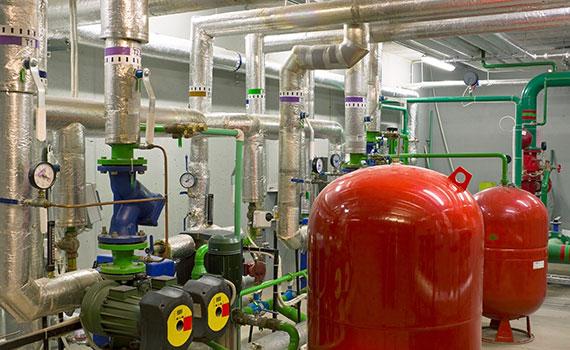
Disclaimer : Information given in this article is for general guidance only, and is based on experience and is not intended to replace advise from professional gas sensor location experts and/or gas mapping services, that can provide accurate bespoke design.
For more information about positioning fixed gas detectors, further guidance can be found in the new Gas Mapping Standard BS 60080 (Fire and Gas Mapping ), IEC 60079-29-2 (Explosive atmospheres – Part 29-2: Gas detectors – Selection, installation, use and maintenance of detectors for flammable gases and oxygen), and also EN 45544-4 (Workplace atmospheres – Electrical apparatus used for the direct detection and direct concentration measurement of toxic gases and vapours. Guide for selection, installation, use and maintenance.). Additionally, The CoGDEM ( Council of Gas Detection and Enviromental Monitoring ) Guide to Gas Detection is an excellent general user guide for Gas Detection, written by those in the industry.
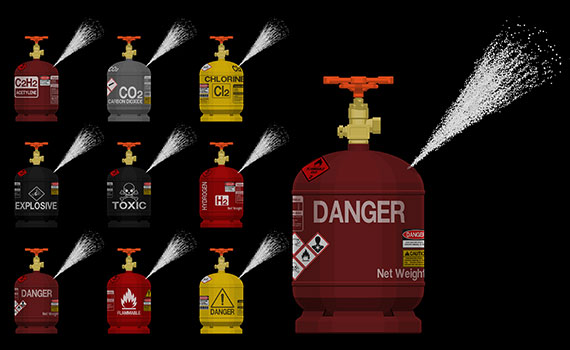
Battery banks are used to store energy generated by renewables, emergency power in data centres and motive power for electric forklifts and carts etc . The need for gas monitoring occurs while these batteries are being charged. Typically, batteries are continuously trickle charged. After heavy battery use or discharge, a higher charge voltage is used to quickly restore the batteries to full capacity. This charging process generates hydrogen gas which is emitted into the battery storage / recharge room. The faster the charge rate is, the higher the hydrogen generation rate.

There is much interest in power-to-gas (P2G), a technology where surplus power from solar power or wind generation is used to synthesize hydrogen, which can then be converted to fuel gas for storage or consumption.
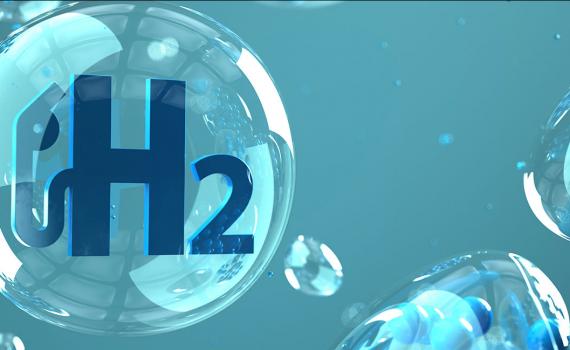
Carbon Dioxide is critical to plant growth and development. Photosynthesis requires Carbon Dioxide (CO2) concentrations in ambient air ranges from 300-500 parts per million (ppm). If you are growing Fruit or Vegetables in a greenhouse or indoors, the CO2 levels will reduce as the plants use up CO2 during photosynthesis. Increasing the CO2 levels in this environment is essential for good results. Additionally, there are benefits to raising the CO2 level higher than the global average, up to 1500 ppm. With CO2 maintained at this level, yields can be increased by as much as 30%.

Catalytic combustion sensors are the standard method for detecting combustible gases including Hydrogen, however in order to operate a minimum of about 10% Oxygen needs to be present. IR sensors are a good solution to this problem for measuring most combustible gases in an inert environment where O2 levels are below 10% volume but IR sensors cannot detect Hydrogen.
Riken Keiki offers several solutions around this problem.
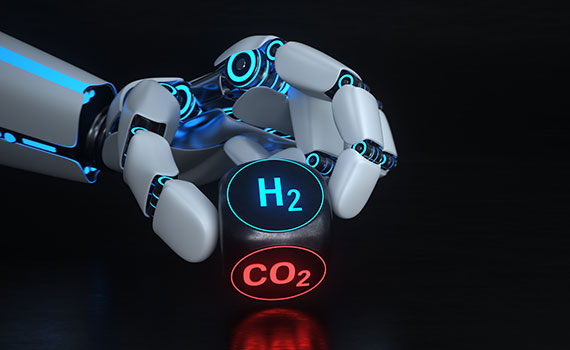
Li-ion battery electrodes are manufactured by casting a slurry onto a metallic current collector. The slurry contains an active material, conductive carbon, and a binder. The binder is pre-dissolved in a solvent, most commonly N-Methyl-2-pyrrolidone (NMP). After mixing, the resulting slurry is cast onto the current collector and then dried. Evaporating the solvent to create a dry porous electrode is needed to fabricate the battery. Drying can take a wide range of time with some electrodes taking 24 hours at more than 120 °C to completely dry.
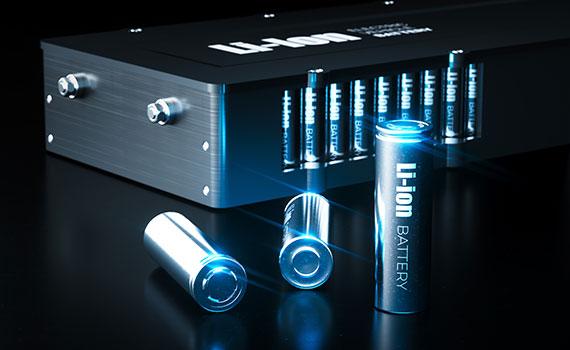
Laboratories regularly use inert gases in a number of applications. Helium and Argon, for example, provide a stable inert atmosphere within glove-boxes by purging the Oxygen. In addition they provide the same function in Additive Manufacturing (AM) machines and 3D printer chambers. Liquid Nitrogen is also used to provide temperatures as low as -196°C . This makes it ideal for use in Cryo-biology, Cryo-Surgery and General Cryogenic research.
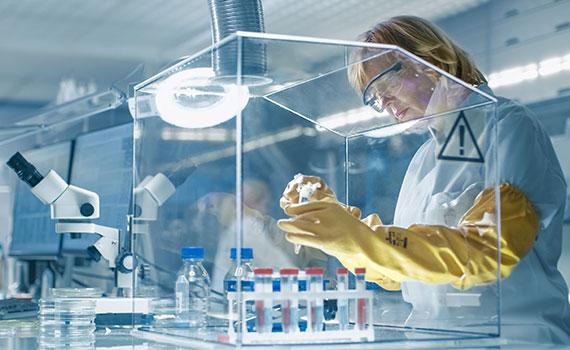
Magnetic Resonance Imaging (MRI) is one of the key technologies used in the Hos[tials . MRI allows medical professionals to collect important information about their patient’s condition without exposing them to radiation.
MRI Scanners use Liquid Helium (He) to cool the superconducting magnet, which is the part of the MRI Scanner that generates high-resolution images of the human body.
Liquid Helium is used due to its extreme low temperatures ( minus 268 degrees centigrade ) which are required for Superconducting magnets to operate.
However Helium is an inert Gas and as such if it were to leak in to the MRI room it would remove the Oxygen from the Atmosphere and could cause death via asphyxiation.
Oxygen detection is therefore a requirement to protect workers and patients in case of the leak.
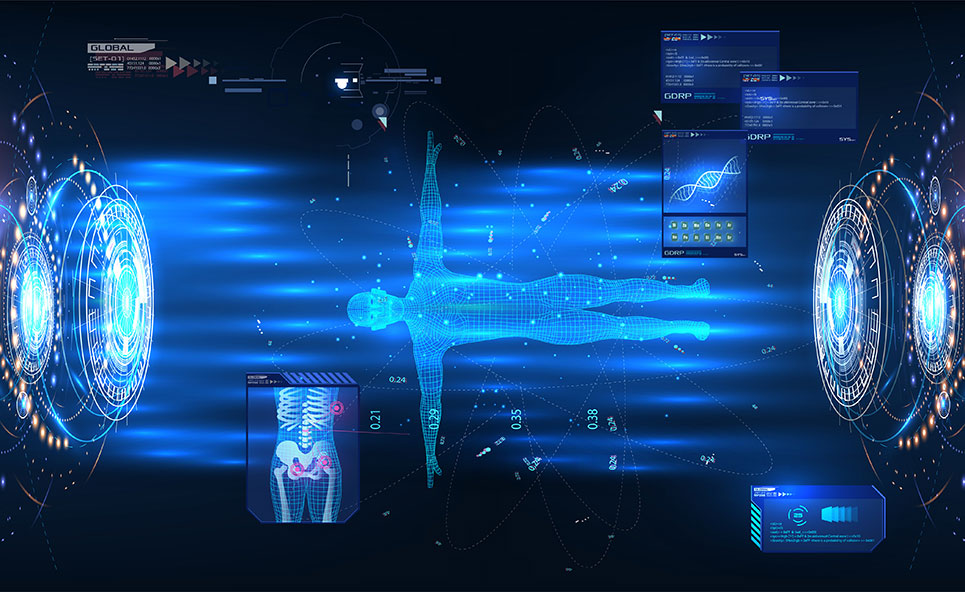

The new SOLAS regulation XI-1.7 calls for all Ships over 500 tons to carry compliant confined space gas detection equipment.
SOLAS compliant gas detection should detect Oxygen (O2), Flammable gases (CH4 ir HC), Hydrogen Sulphide (H2S), Carbon Monoxide (CO), have sample draw capability over 10 hours operation and be Explosion Proof: Intrinsically safe ( ATEX in Europe)

Commercial, Industrial and Manufacturing Facilities have dedicated Boiler Rooms to house their mechanical equipment and other associated machinery.
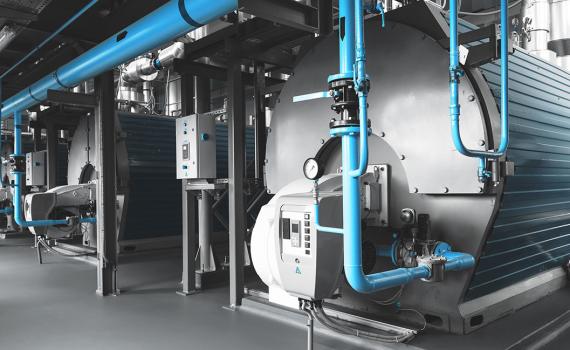
In August 2018 the new EH40 Workplace Exposure Limits (WELs) for Toxic Gases were published. These include a reduction in the limits for Carbon Monoxide (CO) .Carbon Monoxide Long Term (8 Hour) Exposure Limit (LTEL) is now 20ppm and the Short Term (15 Min) Exposure Limit (STEL) is now 100ppm.
